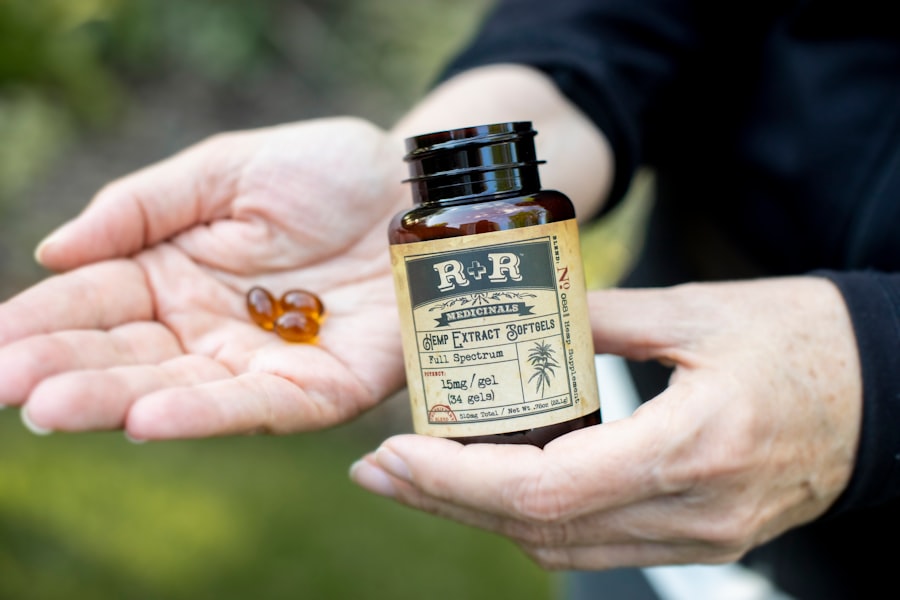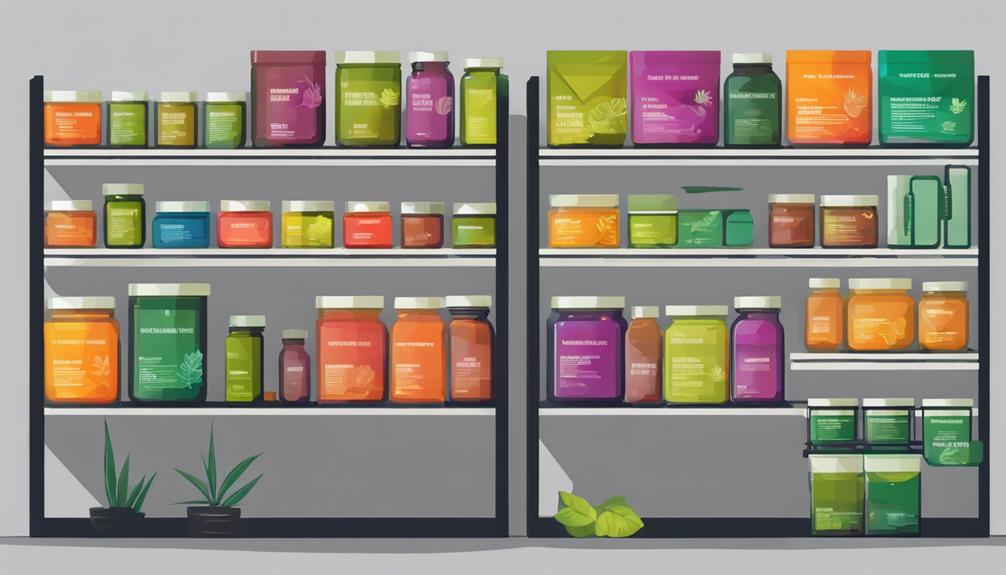Deprecated: mb_convert_encoding(): Handling HTML entities via mbstring is deprecated; use htmlspecialchars, htmlentities, or mb_encode_numericentity/mb_decode_numericentity instead in /home/users/kratomfiles/www/kratomfiles.com/wp-content/plugins/quick-adsense-reloaded/includes/template-functions.php on line 3544
Kratom (Mitragyna speciosa) is a tropical evergreen tree native to Southeast Asia, belonging to the coffee family. Its leaves have been used in traditional medicine for centuries to alleviate pain, boost energy, and reduce anxiety. In recent years, kratom has gained popularity in Canada as an alternative herbal remedy.
The primary active compounds in kratom, mitragynine and 7-hydroxymitragynine, interact with opioid receptors in the brain, producing both stimulant and sedative effects. Kratom is typically consumed as a tea, chewed, or taken in capsule or powder form. The legal status of kratom in Canada is complex, with regulations varying at federal and provincial levels.
Its use remains controversial due to debates surrounding its potential health benefits and risks. Some users praise kratom’s therapeutic properties, while others express concerns about its safety and addictive potential. As kratom’s popularity grows in Canada, discussions continue regarding its regulation and legal status.
The history of kratom regulation in the country has seen policy changes and shifts in public perception. Despite the ongoing debate, many Canadians continue to use kratom for its perceived health benefits. The future of kratom in Canada remains uncertain, with ongoing efforts to reassess its legal status and regulation.
It is important to consider both the potential benefits and risks associated with kratom use as discussions about its place in Canadian society continue.
Key Takeaways
- Kratom is a tropical tree native to Southeast Asia, known for its medicinal properties and traditional use as a stimulant and pain reliever.
- Kratom is currently legal in Canada, but it is not approved for human consumption by Health Canada.
- In the past, Health Canada has attempted to schedule kratom as a controlled substance, but these efforts have been met with resistance from advocates and users.
- Advocacy groups and individuals are working to change the legal status of kratom in Canada, citing its potential therapeutic benefits and low risk of harm.
- While some studies suggest potential health benefits of kratom, there are also risks of dependence, addiction, and adverse effects, leading to varying public perceptions and patterns of use in Canada.
Current Legal Status of Kratom in Canada
Federal Regulations
At the federal level, Health Canada has not approved kratom for any medical use, and it is not authorized for sale as a natural health product. This means that kratom cannot be legally marketed or sold for any therapeutic purpose in Canada. However, kratom is not specifically listed as a controlled substance under the Controlled Drugs and Substances Act, which means that it is not illegal to possess or use kratom for personal consumption.
Provincial Variations
The legal status of kratom varies across different regions of Canada. In some provinces, such as Ontario and British Columbia, kratom is classified as a natural health product and can be legally sold for personal use. However, other provinces, such as Quebec and Alberta, have taken a stricter stance on kratom and have banned its sale and distribution.
The Need for Clear Regulations
This patchwork of regulations has created inconsistency in the legal status of kratom across Canada, leading to confusion for both consumers and vendors. As a result, there is ongoing debate about the need for clear and consistent regulations for kratom at both the federal and provincial levels.
History of Kratom Regulation in Canada

The history of kratom regulation in Canada has been marked by changes in policy and public perception. In the early 2000s, kratom began to gain popularity in Canada as an alternative herbal remedy for various health conditions. At that time, kratom was not widely known or regulated, and it was readily available for purchase online and in specialty stores.
However, as the popularity of kratom grew, concerns began to emerge about its safety and potential for abuse. In response to these concerns, Health Canada issued a warning in 2017 about the potential risks of using kratom, citing reports of adverse effects and deaths associated with its use. Following Health Canada’s warning, some provinces took action to regulate kratom more strictly.
For example, in 2018, the Ontario government passed legislation to regulate kratom as a natural health product, requiring vendors to obtain a license to sell it legally. However, other provinces, such as Alberta and Quebec, took a different approach and banned the sale and distribution of kratom altogether. This patchwork of regulations has created inconsistency in the legal status of kratom across Canada, leading to ongoing debate about the need for clear and consistent regulations.
Efforts to Change Kratom’s Legal Status in Canada
| Year | Efforts | Outcome |
|---|---|---|
| 2016 | Advocacy for legalizing kratom | Unsuccessful |
| 2018 | Public petitions for legal status change | Under review by Health Canada |
| 2020 | Research studies on kratom’s benefits | Ongoing |
Efforts to change kratom’s legal status in Canada have been ongoing, with advocates pushing for clearer regulations that balance access to kratom with public safety. One of the main arguments made by advocates is that kratom can provide relief for individuals suffering from chronic pain, anxiety, and opioid withdrawal symptoms. Advocates argue that by regulating kratom as a natural health product, consumers can have access to a potentially safer alternative to prescription opioids.
They also emphasize the importance of educating the public about safe use and potential risks associated with kratom. On the other hand, opponents of changing kratom’s legal status argue that there is insufficient evidence to support its safety and efficacy. They point to reports of adverse effects and deaths associated with kratom use as evidence of its potential risks.
Opponents also express concerns about the potential for abuse and addiction, particularly among vulnerable populations. As a result of these differing viewpoints, there is ongoing debate about whether kratom should be regulated more strictly or if it should be made more accessible for those who believe it provides health benefits.
Potential Health Benefits and Risks of Kratom
The potential health benefits and risks of kratom have been a topic of debate among researchers, healthcare professionals, and policymakers. Proponents of kratom argue that it can provide relief for individuals suffering from chronic pain, anxiety, and opioid withdrawal symptoms. Some studies have suggested that certain compounds found in kratom may have analgesic properties and could potentially be used as an alternative to prescription opioids.
Additionally, some users report experiencing increased energy and improved mood after consuming kratom. However, opponents of kratom point to reports of adverse effects and deaths associated with its use as evidence of its potential risks. Some studies have linked kratom use to side effects such as nausea, vomiting, constipation, and dependence.
There have also been reports of more serious adverse effects, including seizures, liver damage, and even death. Furthermore, there is concern about the potential for abuse and addiction due to the opioid-like effects of kratom’s active compounds. As research on kratom continues to evolve, there is a need for more comprehensive studies to better understand its potential health benefits and risks.
It is important for policymakers to consider this evidence when making decisions about the legal status and regulation of kratom in Canada.
Public Perception and Use of Kratom in Canada

Online Communities and Forums
In recent years, online communities and forums dedicated to discussing kratom use in Canada have proliferated. These platforms provide a space for individuals to share their experiences with kratom, including its potential benefits and risks. Some users report positive outcomes from using kratom to manage chronic pain or alleviate symptoms of anxiety.
Positive and Negative Experiences
However, there are also accounts of negative experiences with adverse effects or dependence on kratom. As public interest in kratom continues to grow, it is essential for healthcare professionals and policymakers to engage with the community to better understand their perspectives on this herbal remedy.
Informed Decision-Making
By listening to the experiences and concerns of individuals who use kratom, policymakers can make more informed decisions about its legal status and regulation. This engagement is crucial for ensuring that any decisions made about kratom are grounded in a deep understanding of its effects and potential benefits.
Conclusion and Future Outlook for Kratom in Canada
In conclusion, the legal status of kratom in Canada is a complex issue that continues to be debated at both the federal and provincial levels. The history of kratom regulation in Canada has been marked by changes in policy and public perception, leading to ongoing efforts to change its legal status. As research on the potential health benefits and risks of kratom continues to evolve, there is a need for more comprehensive studies to better understand its effects.
Moving forward, it will be important for policymakers to consider the perspectives of both advocates and opponents of changing kratom’s legal status. By engaging with healthcare professionals, researchers, and individuals who use kratom, policymakers can make more informed decisions about its regulation. It will also be important to continue monitoring the public perception and use of kratom in Canada to ensure that any changes in its legal status are reflective of the needs and concerns of the community.
The future outlook for kratom in Canada remains uncertain as ongoing debate about its legal status continues. It is crucial for policymakers to carefully consider the potential health benefits and risks associated with kratom when making decisions about its regulation. By taking a balanced approach that prioritizes public safety while also acknowledging the potential benefits of this herbal remedy, policymakers can work towards establishing clear and consistent regulations for kratom in Canada.
If you’re interested in learning more about the legal status of kratom in Canada, you may want to check out this article on That One Place Kratom. This article provides valuable information on the current regulations and restrictions surrounding kratom in Canada, as well as where to find reputable sources for purchasing kratom products. It’s a great resource for anyone looking to navigate the legal landscape of kratom in Canada.
FAQs
What is kratom?
Kratom is a tropical tree native to Southeast Asia, known for its leaves that contain compounds with psychotropic effects.
Is kratom legal in Canada?
As of October 2021, kratom is legal to buy, sell, and possess in Canada without a prescription.
Is kratom regulated in Canada?
Kratom is not regulated as a drug or natural health product in Canada. However, Health Canada has issued warnings about potential risks associated with kratom use.
Can kratom be imported into Canada?
Kratom can be imported into Canada for personal use, but it is subject to inspection by the Canada Border Services Agency.
Are there any restrictions on kratom in Canada?
There are currently no specific restrictions on kratom in Canada, but Health Canada advises against its use due to potential health risks.
Can kratom be sold as a dietary supplement in Canada?
Kratom is not approved for sale as a dietary supplement in Canada, and Health Canada has issued warnings against its use for any purpose.










